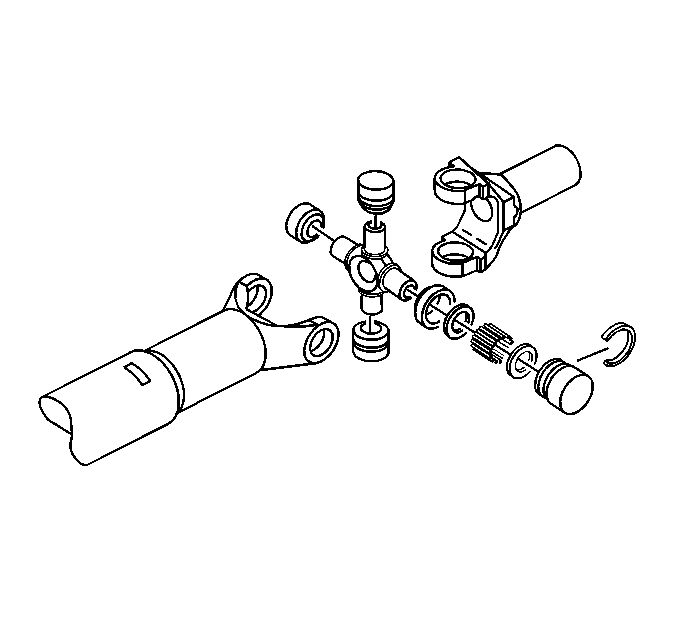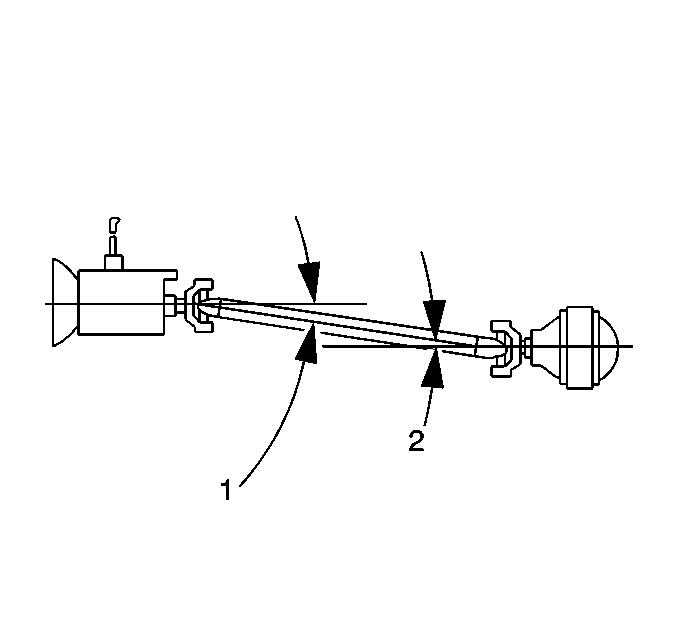A faulty universal joint (U-joint) may cause
a vibration that occurs twice for each rotation of the propeller shaft. This
type of vibration is called a second-order vibration.
Second-order driveline vibrations are independent of runout or balance
of a driveline component.
The following description of basic U-joint theory will help you to understand
where second-order driveline vibrations originate and why they occur.


